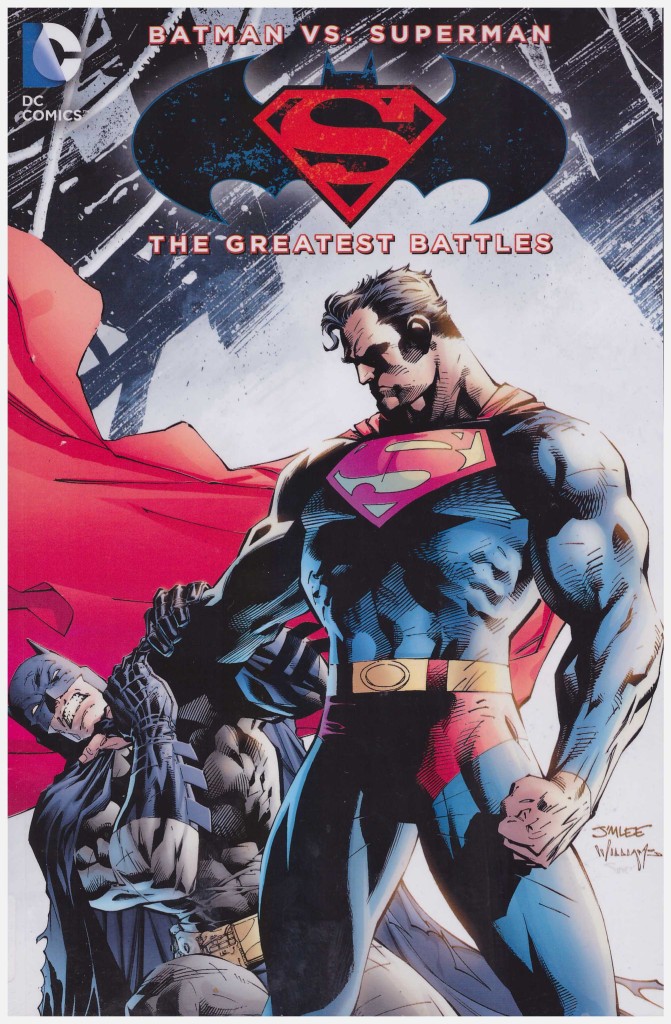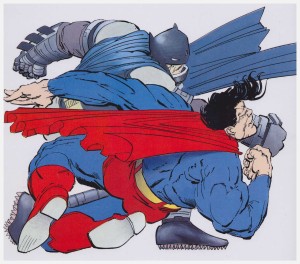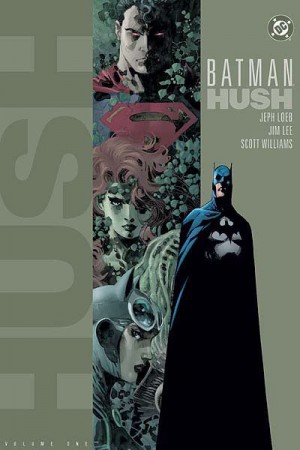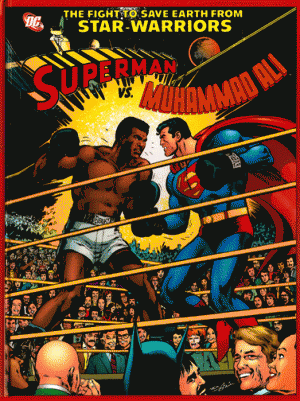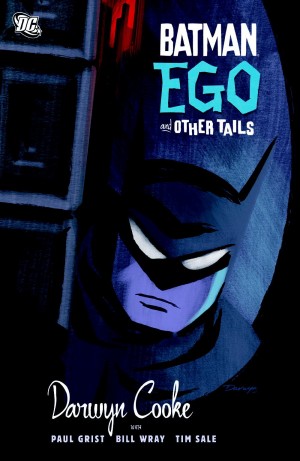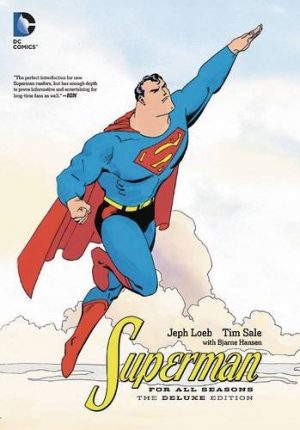Review by Karl Verhoven
Issued to precede the Batman vs Superman film, this is one dog’s dinner of a collection, significantly relying on presenting individual chapters of larger stories, which feed into the theme, but lack the context of the surrounding material. This renders them less than they should be.
The inherent problem with Batman vs Superman is no matter how it’s dressed up, the sheer vast power differential means that there’ll only ever be one possible outcome. This is irrespective of Batman employing kryptonite gloves or other devious methods. It’s quite logically explained in a John Byrne strip from the 1980s that otherwise hasn’t dated too well.
The most interesting approach is that of Joe and Jack Kelly, whose strip deals with two kids taking on the roles of Batman and Superman and arguing them out, complete with placing the dialogue in the characters’ mouths – “Time out, we didn’t figure out what they’re fighting about.” “Does it matter?” It’s simultaneously contemporary while referencing earlier, more whimsical tales, and is one of the few strips that doesn’t exclusively focus on Batman taking down a rogue Superman. Jeph Loeb, Geoff Johns and Scott Snyder all take the latter route, with Snyder the most successful of them, but in yet another story that fades out without finshing.
It’s Frank Miller’s concluding chapter of The Dark Knight Returns that suffers most in isolation, despite occupying just under a third of the total page count. Miller structured his graphic novel very tightly, and referenced previous events, so to have the concluding chapter in its entirety bereft of the remainder proves a frustrating and confusing read. The actual Batman vs Superman sequence still reads very well, but it’s after thirty other pages that puzzle in isolation. The treat is Miller’s art, blocky and brutal.
In terms of art it’s a strong collection. Byrne’s 1980s graphic style impresses even if his designs have dated, and you’ve got to be a complete curmudgeon to complain about Greg Capullo and two helpings of Jim Lee. Ed Benes, at least with the style he’s using here, is more of an acquired taste. He provides the powerful imagery, but commits crimes against anatomy.
Overall, the appeal is apparent, the resulting collection is positively incoherent.
